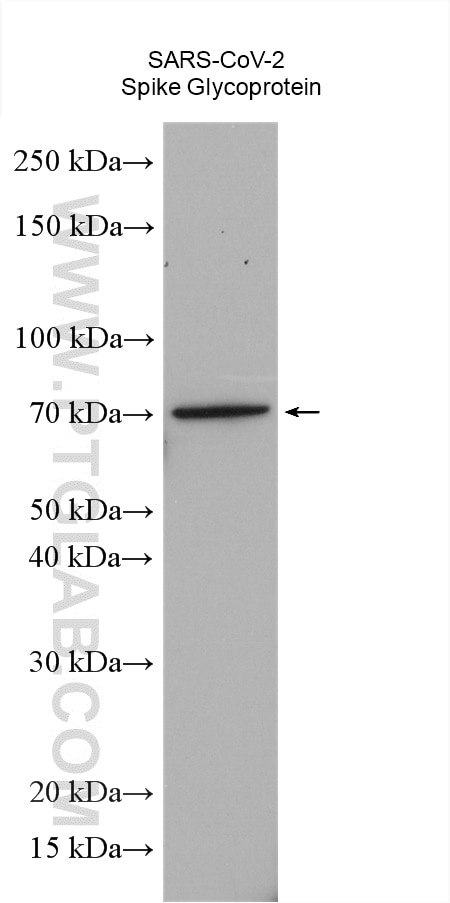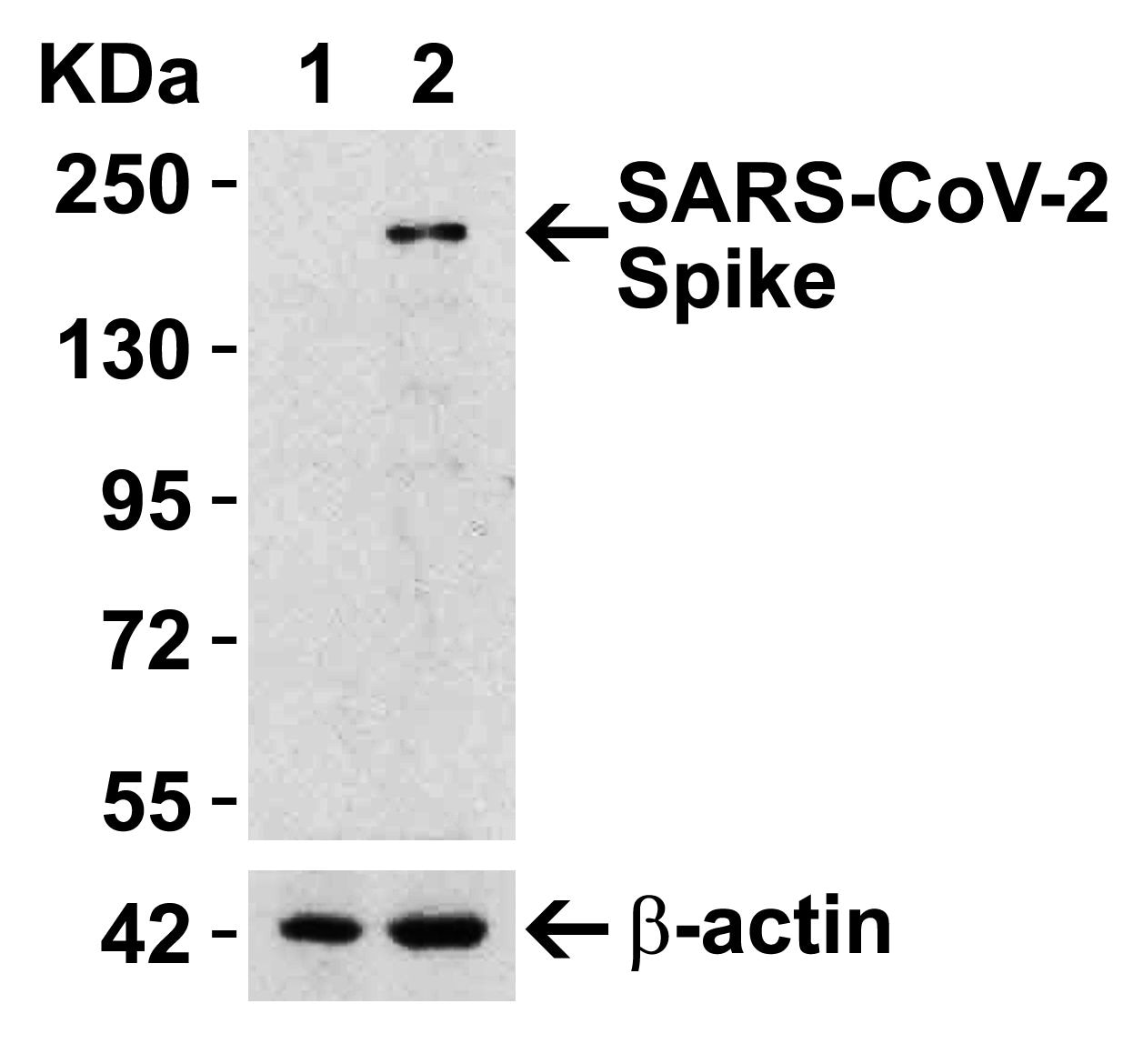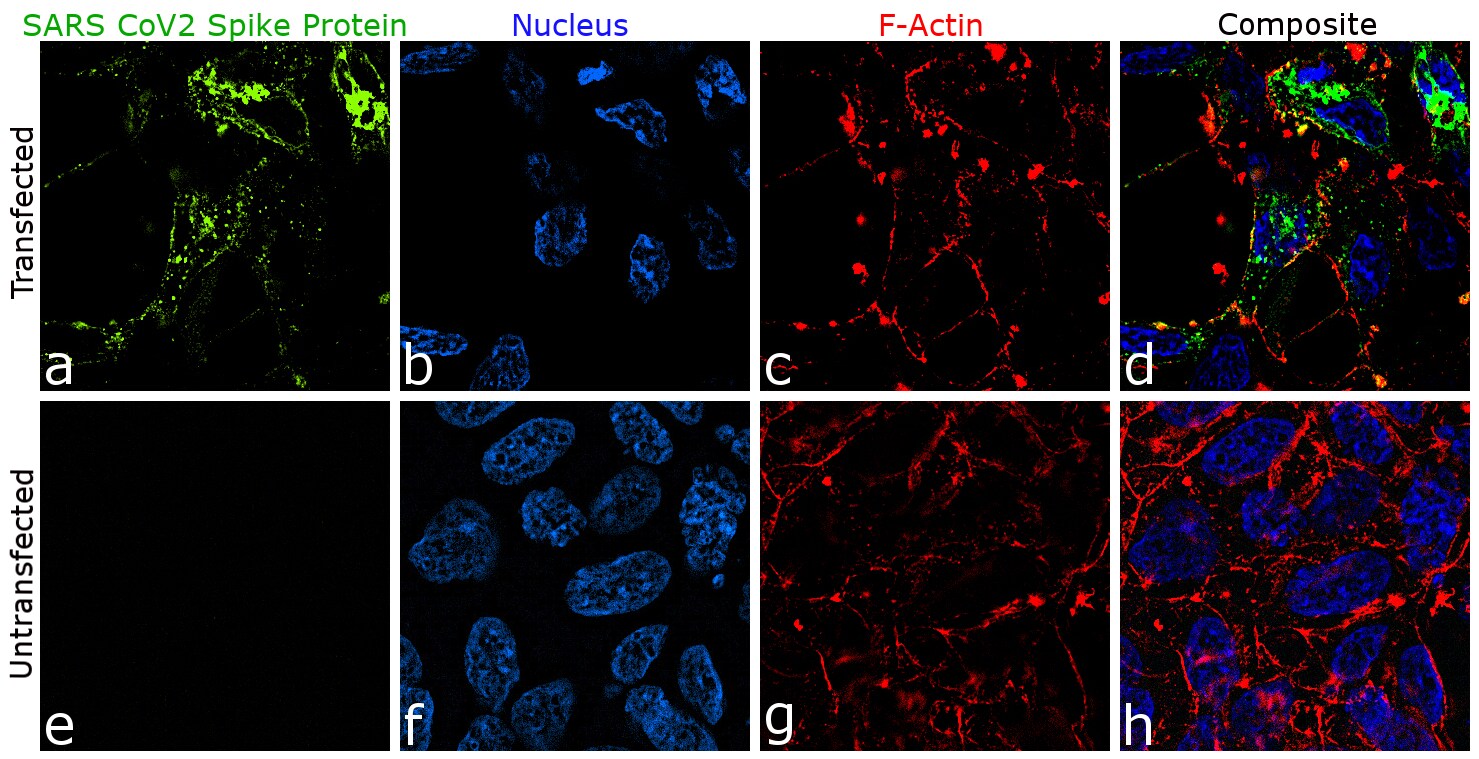

“This map provides a reference to help predict which antibodies are still effective against SARS-CoV-2 variants of concern like the currently surging Delta variant.” “We were able to map the geography of Spike and understand which antibodies bind to which footprints,” Saphire says. These communities could neutralize the virus effectively regardless of which mutations were present. But three communities had footprints elsewhere on the spike. These mutations could inhibit neutralization by antibodies whose footprints overlapped this area. Many mutations occur where the spike protein contacts its host cell receptor. The effects of mutations depended in part on which community antibodies belonged to. The researchers also measured how well antibodies were able to neutralize viruses carrying various spike mutations. This analysis confirmed that each community of antibodies recognized a distinct part of the RBD. Based on these competition patterns, the researchers grouped the antibodies into seven “communities.” Using electron microscopy, they determined each community’s “footprint”- where it binds on the surface. This suggests that the competing antibodies were binding to the same part of the spike protein. When binding to the spike protein, certain pairs of antibodies competed with each other, while others did not. Most of the antibodies examined target the receptor-binding domain (RBD) of the spike protein. Results of the study were published in Science on September 23, 2021. The consortium analyzes these antibodies in a standardized fashion.

NIH’s National Institute for Allergy and Infectious Diseases (NIAID) provided funding.ĬoVIC now includes 370 antibodies against the spike protein that were contributed by more than 50 partners around the world. Erica Ollmann Saphire at the La Jolla Institute for Immunology established the Coronavirus Immunotherapeutic Consortium (CoVIC). To build this level of understanding, researchers led by Dr. Such an understanding could also help in predicting how new mutations may affect treatment. Doing so requires a detailed understanding of how various antibodies bind to the spike protein. Scientists would like to develop improved antibody therapies that the virus cannot evade through mutation. Such mutations could allow the virus to evade antibody-based defenses. But many mutations have arisen in the SARS-CoV-2 spike protein since the virus first emerged.

The body’s defense against SARS-CoV-2 relies on antibodies against the viral spike protein. Spike proteins on the surface of SARS-CoV-2, with antibodies in different colors representing the possible antibody-Spike binding patterns for each RBD community.


 0 kommentar(er)
0 kommentar(er)
